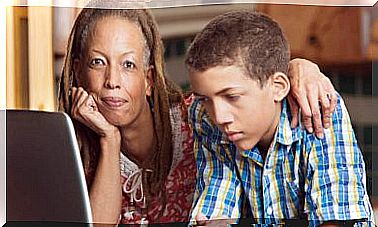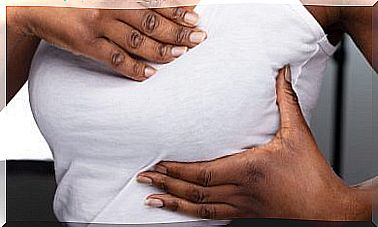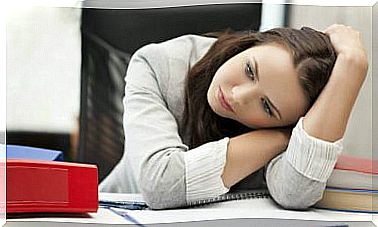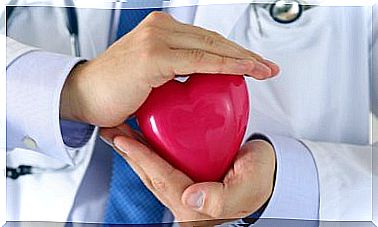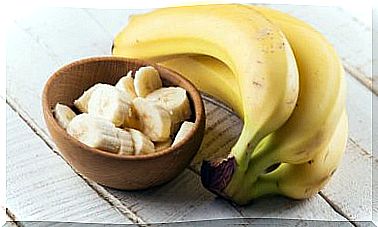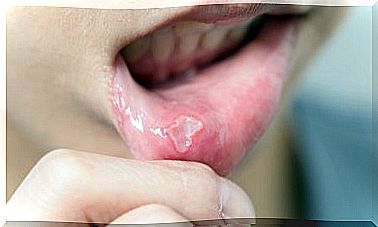7 Toxic Objects That Are In Your House
You have to be careful with certain objects that we can find in practically any home and that, however, can be toxic objects.
Here are some of them. Take note and keep it in mind.
Toxic objects in the home
1. Products made with wood chipboard
Why are chipboard products dangerous? Chips containing both wood and sawdust are usually glued with urea formaldehyde resins, that is, with a type of poison that directly affects the respiratory tract and eyes.
It can also cause problems in animals. This risk will increase if the furniture is old, since the new ones are regulated by more modern regulations and not everyone uses these products.
What can you do?
- To know if your furniture is safe, you will have to verify the product certificates, based on European standards, the materials with which the wood is made, etc.
- Remember that they must have an emission class that is not higher than E1.
2. Carpets
Why do we put rugs on our toxic objects list? Carpets have different types of adhesives and dyes. These products release volatile organic compounds that can cause anything from headaches to allergies to fatigue.
Carpet is especially harmful because, unlike rugs, it covers the entire floor and sticks to it. This makes it even more difficult to eliminate dust mites that can cause allergies and asthma.
What can you do?
- If your rug is very old, buy one that is made from untreated natural materials.
- It is recommended that you avoid large sizes of rugs, because it will be more difficult to clean them.
3. Laser printers
Laser printers emit tiny particles into the air that are formed from printing dust. These particles enter the lungs and this can lead to a number of lung and cardiovascular diseases.
What can you do?
- It is best to place your laser printer at home in a well-ventilated room.
4. Baby bottles
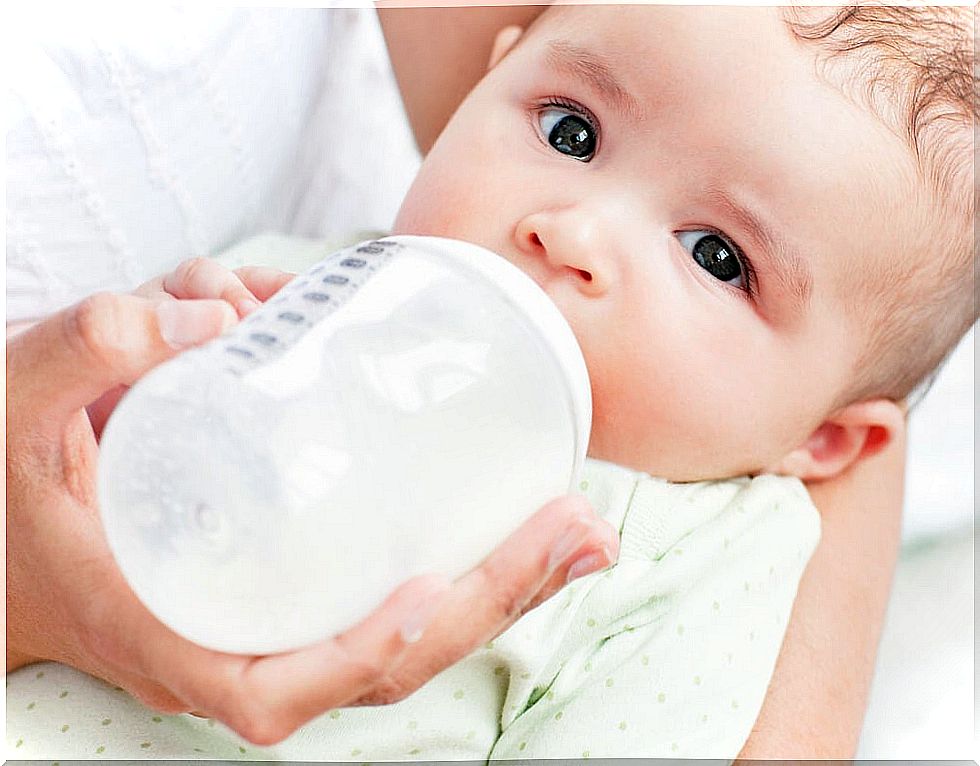
The bottles are usually made of polycarbonate plastic. This type of plastic is made with a chemical known as bisphenol A (BPA).
- It is a type of plastic that has a structure very similar to estrogen and is known as a “hormone buster”. This plastic can cause a serious hormonal disorder in the child.
What can you do?
The best thing you can do is find an alternative that is made of safe materials and check the labeling first to see its composition.
5. Mattresses
Mattresses are also among the toxic objects in the home. But beware, not all mattresses, but those that have a high level of polybrominated diphenyl ether, a product whose exposure causes health problems.
- These damages include everything from brain ailments to decreased reproductive function and even thyroid problems.
- This material is especially dangerous for the little ones.
What can you do?
Older mattresses are the most likely to contain these substances. In the event that you have not changed your mattress for a long time, it is better to change it for one made from natural products.
6. Tuppers
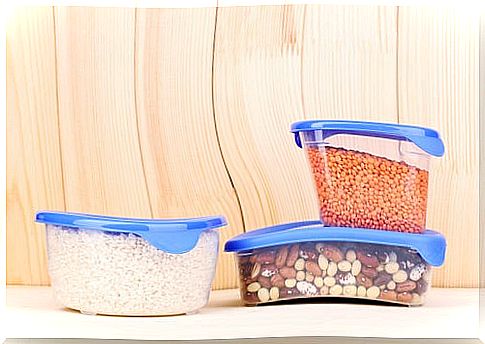
The tuppers are usually made of plastic. That is, they are made from a material that in turn has many chemicals, such as phthalates.
This substance can affect the endocrine system, the reproductive system and cause high blood pressure as well as insulin resistance.
What can you do?
- As far as possible, replace plastic tuppers with glass or ceramic containers. Otherwise, choose lunch boxes made from polyethylene or polypropylene.
- Do not forget that food should never be heated in the microwave in a container made of thin plastic.
7. Fabric softener
Fabric softeners seem to make garments softer but are actually coating them with a thin layer of toxic chemicals.
These can cause skin irritation, breathing problems, and headaches.
What can you do?
Although if you do not use more than necessary its use is safe, it is best to avoid using it with children’s clothes.
You can always opt for some natural remedy to improve the smell of clothes.
Do you have all these toxic objects in your home? Surely yes. Don’t despair, just start looking for more natural replacement options.
